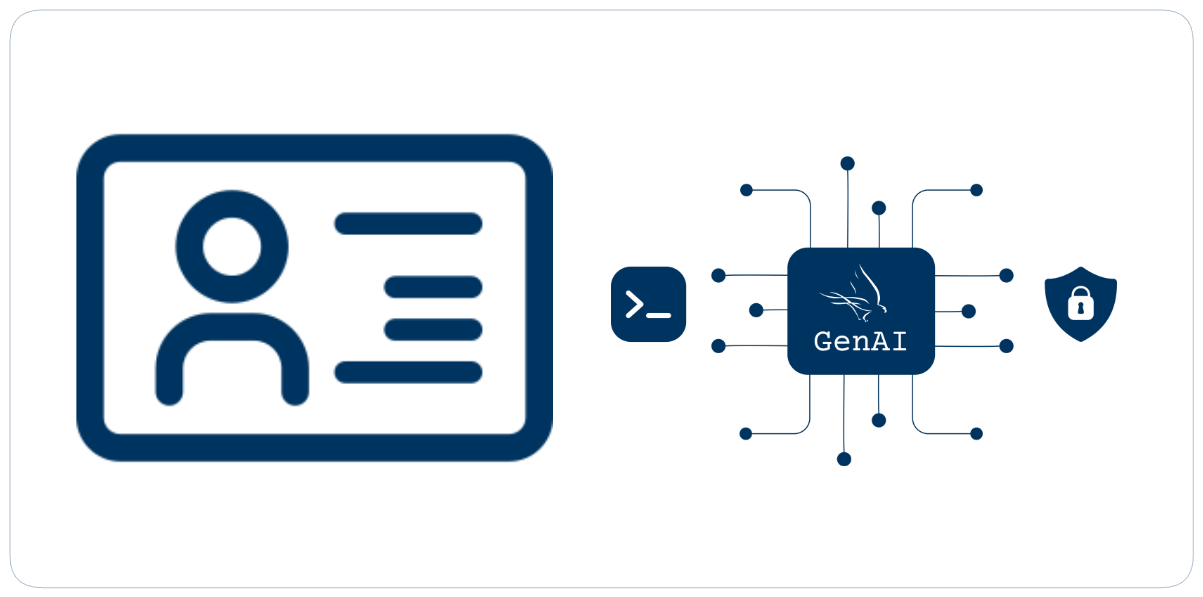
Detect Personal Identifiable Information in Code
PII Scanners detect sensitive personal information like names, emails, or phone numbers embedded in the source code. Accidentally including PII in code can lead to privacy breaches and regulatory non-compliance. By removing such risks, businesses can align with data protection laws and improve user trust.
5 Common Issues Addressed by PII Scanner
- Inclusion of sensitive personal information like emails or phone numbers in code.
- Accidental exposure of PII in public repositories.
- Violations of privacy laws like GDPR, CCPA, or HIPAA.
- Unintentional sharing of PII with third-party services.
- Manual PII checks failing to detect all occurrences of sensitive data.
Why Needs to Be Adopted
Including sensitive PII in source code increases the risk of breaches, violating privacy laws like GDPR and CCPA. Organizations must adopt PII scanning to safeguard user data and maintain compliance.
How AquilaX Offers This
AquilaX PII Scanner uses pattern-matching and AI-driven analysis to detect and alert developers of exposed PII. With automatic remediation and deep integration, it streamlines compliance with privacy regulations.
Use Cases for PII Scanner
- Identify personal data like emails, phone numbers, and addresses left in the code.
- Ensure compliance with data privacy laws such as GDPR and CCPA.
- Scan source code for PII leaks before committing to public repositories.
- Prevent accidental exposure of sensitive user information in shared environments.
- Protect organizational reputation by proactively removing exposed PII.
